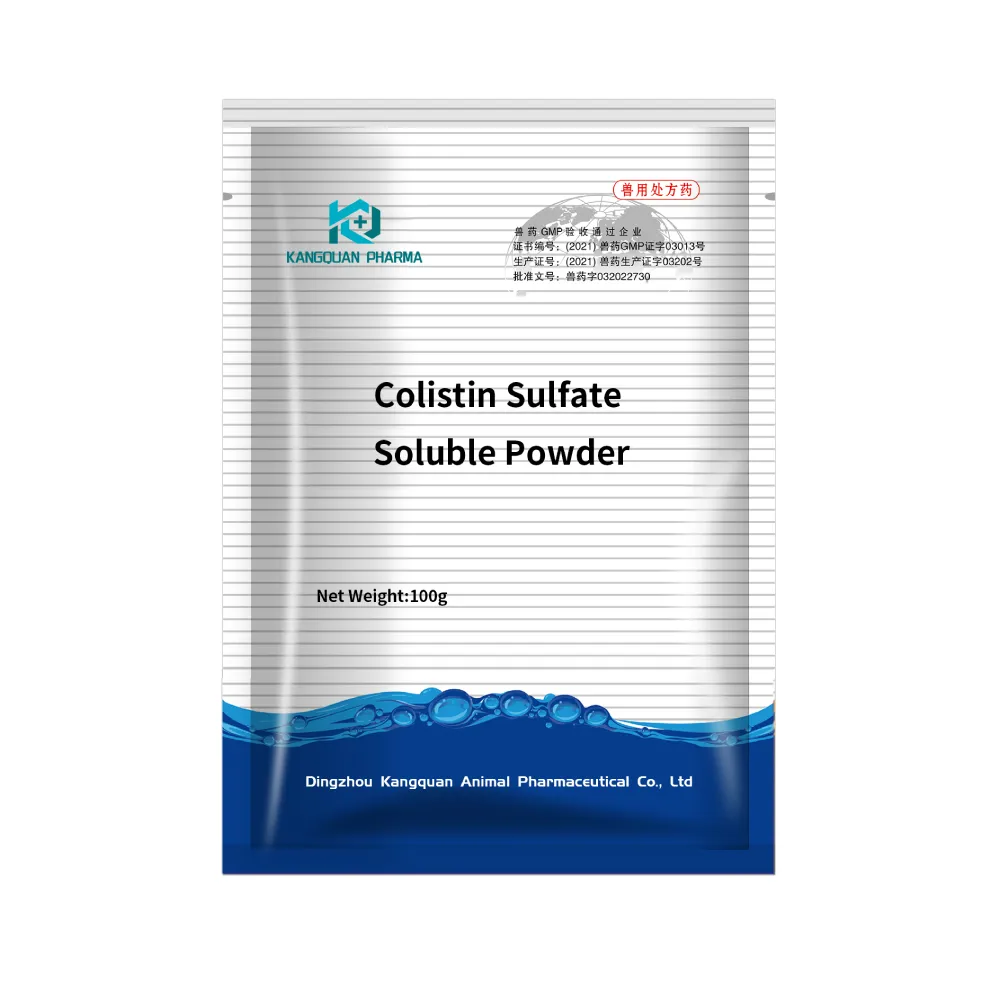- Afrikaans
- Albanian
- Amharic
- Arabic
- Armenian
- Azerbaijani
- Basque
- Belarusian
- Bengali
- Bosnian
- Bulgarian
- Catalan
- Cebuano
- Corsican
- Croatian
- Czech
- Danish
- Dutch
- English
- Esperanto
- Estonian
- Finnish
- French
- Frisian
- Galician
- Georgian
- German
- Greek
- Gujarati
- Haitian Creole
- hausa
- hawaiian
- Hebrew
- Hindi
- Miao
- Hungarian
- Icelandic
- igbo
- Indonesian
- irish
- Italian
- Japanese
- Javanese
- Kannada
- kazakh
- Khmer
- Rwandese
- Korean
- Kurdish
- Kyrgyz
- Lao
- Latin
- Latvian
- Lithuanian
- Luxembourgish
- Macedonian
- Malgashi
- Malay
- Malayalam
- Maltese
- Maori
- Marathi
- Mongolian
- Myanmar
- Nepali
- Norwegian
- Norwegian
- Occitan
- Pashto
- Persian
- Polish
- Portuguese
- Punjabi
- Romanian
- Russian
- Samoan
- Scottish Gaelic
- Serbian
- Sesotho
- Shona
- Sindhi
- Sinhala
- Slovak
- Slovenian
- Somali
- Spanish
- Sundanese
- Swahili
- Swedish
- Tagalog
- Tajik
- Tamil
- Tatar
- Telugu
- Thai
- Turkish
- Turkmen
- Ukrainian
- Urdu
- Uighur
- Uzbek
- Vietnamese
- Welsh
- Bantu
- Yiddish
- Yoruba
- Zulu
நவ் . 16, 2024 16:56 Back to list
tylosin tartrate injection formulation
Tylosin Tartrate Injection A Comprehensive Overview
Tylosin tartrate is a macrolide antibiotic that is widely recognized for its effectiveness in treating bacterial infections in animals. Originally derived from the fermentation of *Streptomyces fradiae*, tylosin exhibits broad-spectrum antibacterial properties, making it a valuable pharmaceutical agent in veterinary medicine. This article delves into the formulation of tylosin tartrate injection, its applications, mechanisms of action, safety considerations, and regulatory status.
1. Formulation of Tylosin Tartrate Injection
Tylosin tartrate injection is typically formulated as a sterile solution for parenteral administration. The primary active ingredient, tylosin tartrate, is combined with excipients that enhance solubility, stability, and bioavailability. Common excipients include buffers to maintain pH, stabilizers, and preservatives to prevent microbial contamination. The formulation process involves meticulous quality control measures to ensure sterility and potency.
The injectable form of tylosin tartrate is usually available in various concentrations, allowing veterinarians to tailor dosage based on the specific needs of the animal and the severity of the infection. The solution is typically administered through subcutaneous or intramuscular routes, providing rapid systemic absorption and efficacy.
2. Applications in Veterinary Medicine
Tylosin tartrate is predominantly used for treating infections caused by susceptible strains of bacteria, particularly in livestock and companion animals. It is effective against respiratory tract infections, mastitis, and certain gastrointestinal disorders. In poultry, tylosin is used to manage Mycoplasma infections, which can lead to significant production losses and reduced animal welfare.
Beyond its antibacterial properties, tylosin also promotes growth performance in food-producing animals, making it a common additive in veterinary feed formulations
. However, the use of antibiotics for growth promotion is subject to increasing scrutiny and regulation, leading to a reevaluation of tylosin's role in animal husbandry.tylosin tartrate injection formulation

3. Mechanism of Action
Tylosin exerts its antibacterial effect by inhibiting protein synthesis in bacterial cells. It binds to the 50S ribosomal subunit, preventing the translocation of peptides during translation. This action ultimately leads to the cessation of bacterial growth and replication. The effectiveness of tylosin is influenced by factors such as the bacterial strain, dosage, and duration of treatment, necessitating careful consideration by veterinarians when prescribing the medication.
4. Safety and Efficacy
While tylosin tartrate is generally well-tolerated in animals, potential side effects can occur, particularly with prolonged use or at high doses. These may include gastrointestinal disturbances, allergic reactions, and in rare instances, toxicity. Monitoring during treatment is essential to ensure the welfare of the animal and to mitigate any adverse reactions.
Veterinarians are encouraged to adhere to recommended dosages and treatment durations to minimize risks. Additionally, awareness of potential drug interactions and contraindications is critical for ensuring patient safety.
5. Regulatory Status
The use of tylosin tartrate in veterinary medicine is regulated by health authorities in various countries. In the United States, it is classified as a Veterinary Feed Directive (VFD) drug, requiring a veterinarian’s authorization for use in animal feeds. Europe and other regions have similar regulatory frameworks to control its use, particularly concerning the public health implications of antibiotic resistance.
In conclusion, tylosin tartrate injection remains an important tool in veterinary medicine, particularly for managing bacterial infections and promoting health in livestock and companion animals. Its formulation, effectiveness, and regulatory considerations highlight the need for responsible usage to safeguard animal health and contribute to the overall sustainability of animal agriculture. As the field of veterinary medicine continues to evolve, ongoing research and dialogue regarding tylosin and its application will be crucial in addressing the challenges posed by antibiotic resistance and ensuring the responsible use of antibiotics in animal husbandry.
-
Guide to Oxytetracycline Injection
NewsMar.27,2025
-
Guide to Colistin Sulphate
NewsMar.27,2025
-
Gentamicin Sulfate: Uses, Price, And Key Information
NewsMar.27,2025
-
Enrofloxacin Injection: Uses, Price, And Supplier Information
NewsMar.27,2025
-
Dexamethasone Sodium Phosphate Injection: Uses, Price, And Key Information
NewsMar.27,2025
-
Albendazole Tablet: Uses, Dosage, Cost, And Key Information
NewsMar.27,2025













